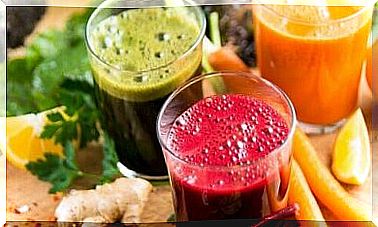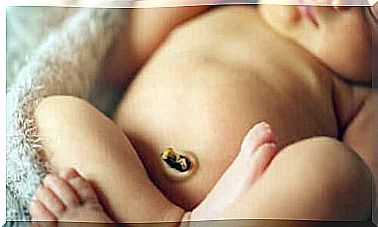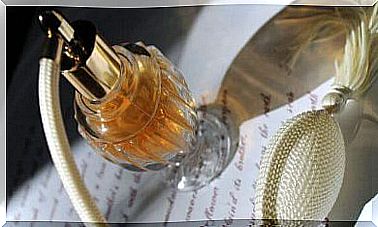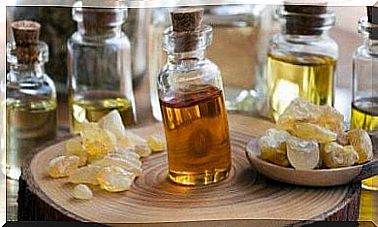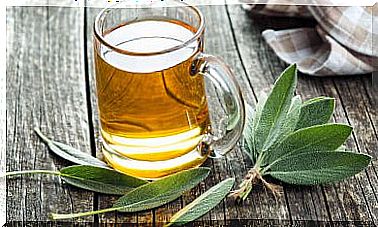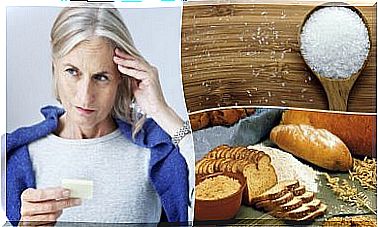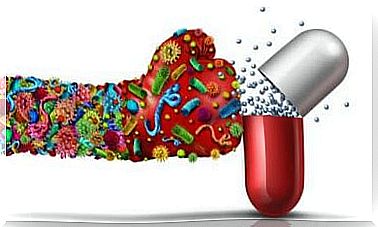Uses And Benefits Of Dandelion
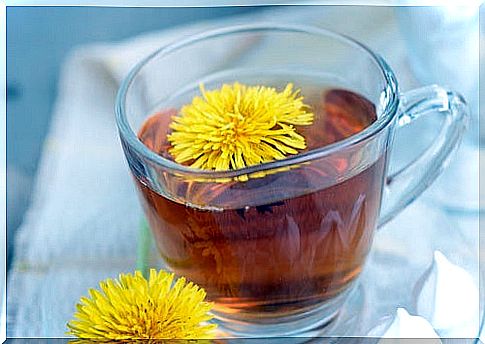
The bitter taste of dandelion leaves suggests that they are rich in phytonutrients and are very beneficial to the liver, which is responsible for removing toxins from the body. Dandelions can be utilized in different ways, and in this article we will introduce the uses and benefits of dandelions – so keep reading!
The scientific name of the dandelion is Taraxacum officinale – what a sophisticated name for wildflowers! The plant is mainly spread throughout the northern hemisphere, especially in Europe and America.
It has been cultivated for decades and eaten in salads. It tastes bitter (even bitterer than arugula or endive).
The dandelion is known for its jagged, hard and rough leaves, but most especially for its yellow, later round inflorescence, which consists of a floral shark cover that people often blow when making a wish. In nature, the spread of seeds takes place through the wind. Therefore, dandelions usually grow in wide openings.

Dandelion contains the following nutrients:
- Carbohydrates
- B vitamins
- Vitamin C.
- Beta-carotene
- Potassium
- Flavonoids
- Oleic acid
- Linolenic acid
- Tannins
How to use dandelion – which parts are used?
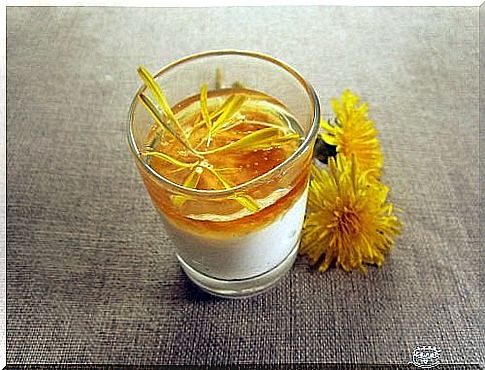
Spring is the best time to collect dandelion tender leaf shoots if you want to eat them fresh in a salad. You can also store them inside a burlap to dry.
The roots are collected in late summer or fall. They are stored in glass jars with a completely airtight lid .
There are many uses for dandelion, and the following parts can be used:
Foliage
The leaves are like spinach and are eaten raw in a salad or cooked as a pie filling, for example. They taste relatively bitter after reaching a certain age, which is why we recommend eating only soft or compact shoots.
Some people enjoy herbal drinks made from the dried leaves of dandelion for medicinal purposes.
Flowers
Before the flowers burst, you can store them in a solution of salt-vinegar, as is done for capers. They can be fried or added as such to salads.
Roots
When a plant is two years old or older (i.e., an adult plant), you can begin to cut parts of its root. You can then roast them and use them as a substitute for caffeine in making herbal drinks.
As you can see, the uses of dandelion are very diverse, and you get access to the health benefits of dandelion in many ways. Next, we present the health effects of dandelion.
The benefits and caring properties of dandelion
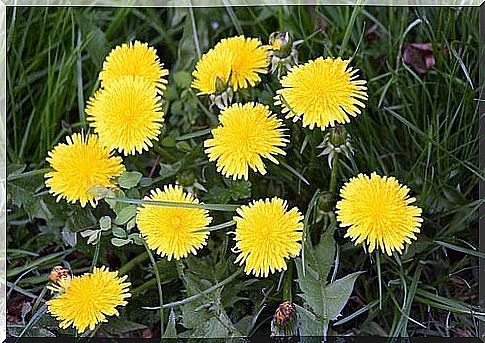
Now that you already know what a plant is all about, it’s time to get to know its health benefits, and start eating it!
Treats diabetes
In Europe, dandelion is often used by diabetics because dandelion roots contain easily digestible sugars.
Treats kidney and urinary problems
In France, this plant is often referred to as “pissenlit” (a direct translation of which means “pee on bed”). The explanation lies in the fact that dandelion has long been used to stimulate kidney function.
Dandelion also helps strengthen these organs, treat urinary tract infections and remove kidney stones. It is an excellent diuretic that does not remove potassium from the body like most other diuretics.
Improves digestive function
Dandelion is a mild laxative and bitter invigorating medicine that increases the appetite of recoverers. It helps increase bile fluid production and relieves constipation and indigestion.
Calms the pay
Dandelion is highly recommended for removing toxins that accumulate in the body. The use of dandelion is therefore linked to liver health. This herb is used to treat hepatitis, jaundice and cancer or liver tumors.
Dandelion also has blood cleansing properties and helps prevent chemical or food poisoning. It also helps cleanse the blood of fats (cholesterol) and uric acid.
Also suitable for beauty care
Dandelion has been used for several years to treat pimples, rashes, and psoriasis, among other skin problems.
The herbal drink can be made from one handful of dandelion blooms stewed in a cup of boiling water. Allow to cool so it is perfect for wound cleansing. Dampen a cotton ball in the liquid and rub it on the area to be treated.
Help with anemia
Dandelion leaves contain a significant amount of iron and can be used to prevent or treat anemia. They also allow the body to recover from a long-lasting iron deficiency.
Dandelion leaves are also great for expectant mothers who sometimes develop anemia during pregnancy.
Improves eye health
People who suffer from poor night vision or some form of retinal deformity can enjoy dandelion to get more vitamin A, beta-carotene and other compounds in their diet. These nutrients improve the eye’s ability to capture light and protect vision.
Treats varicose veins and hemorrhoids
This is due to the tannins contained in the plant. It has relaxing and soothing properties that relieve surface or peripheral circulatory problems such as varicose veins and hemorrhoids.
In the latter case, you should bathe in a sitting position in water mixed with a handful of dandelion leaves, or moisten a cotton ball in tea made from them and apply it to the area to be treated.
Dandelion side effects and barriers to use

The use of this plant usually does not have very many harmful side effects, except for allergic skin reactions and rashes. If you eat a lot of dandelion, you may get diarrhea, heartburn or stomach pain.
Fresh stems may be toxic to children. Due to its high alcohol content, dandelion extract is not recommended for use during pregnancy or lactation. In these cases, it is best to use only a small amount of the plant, either fresh or dried.
